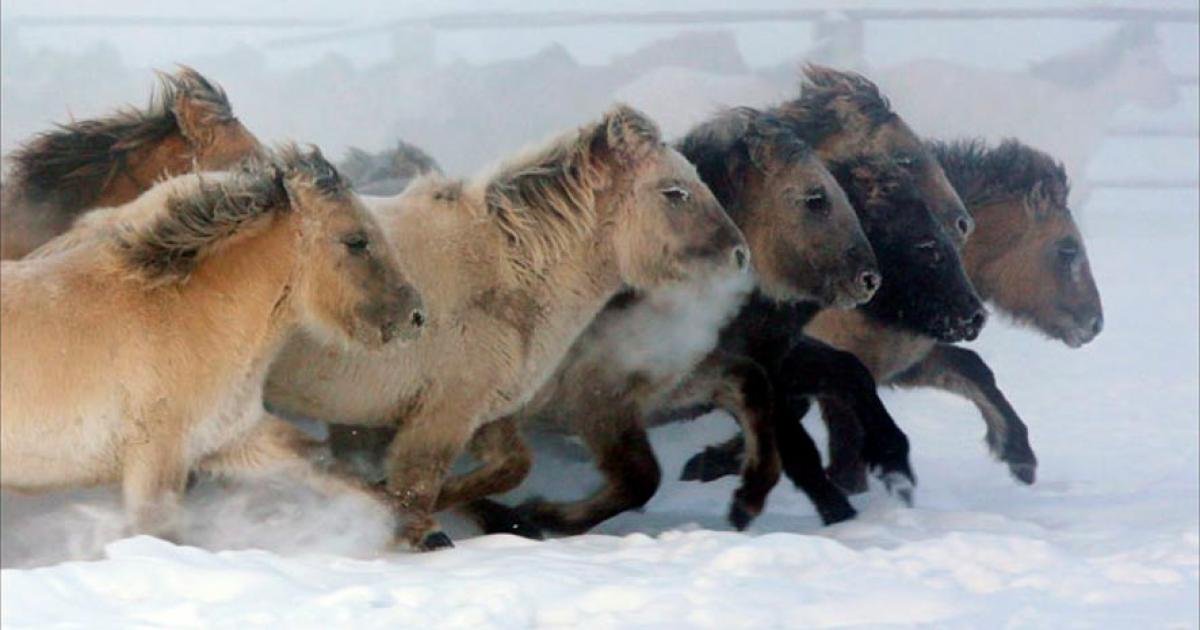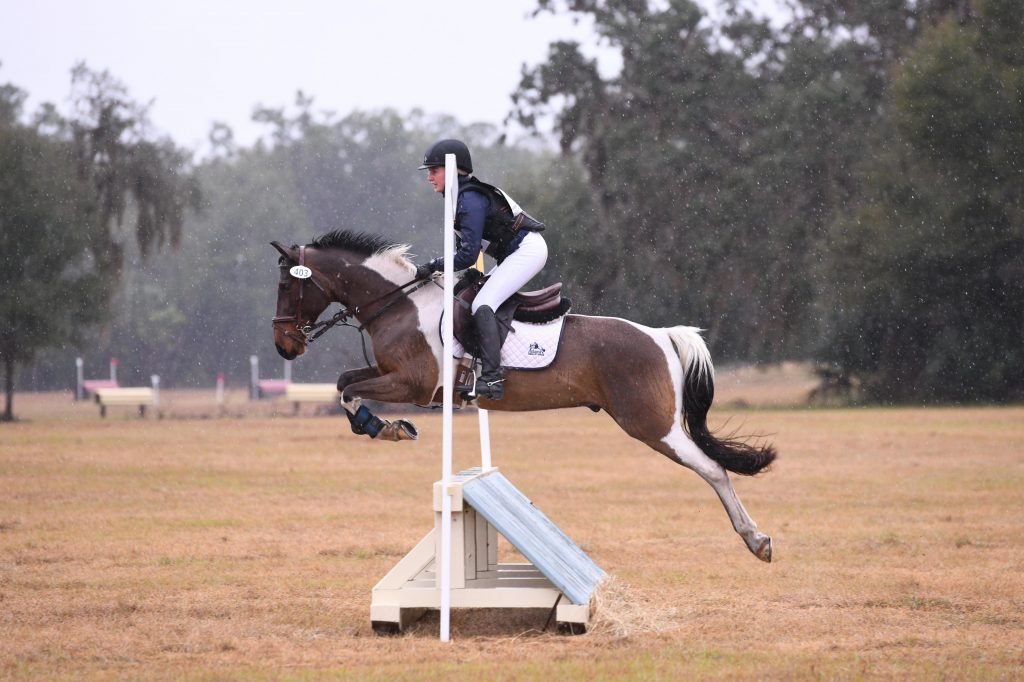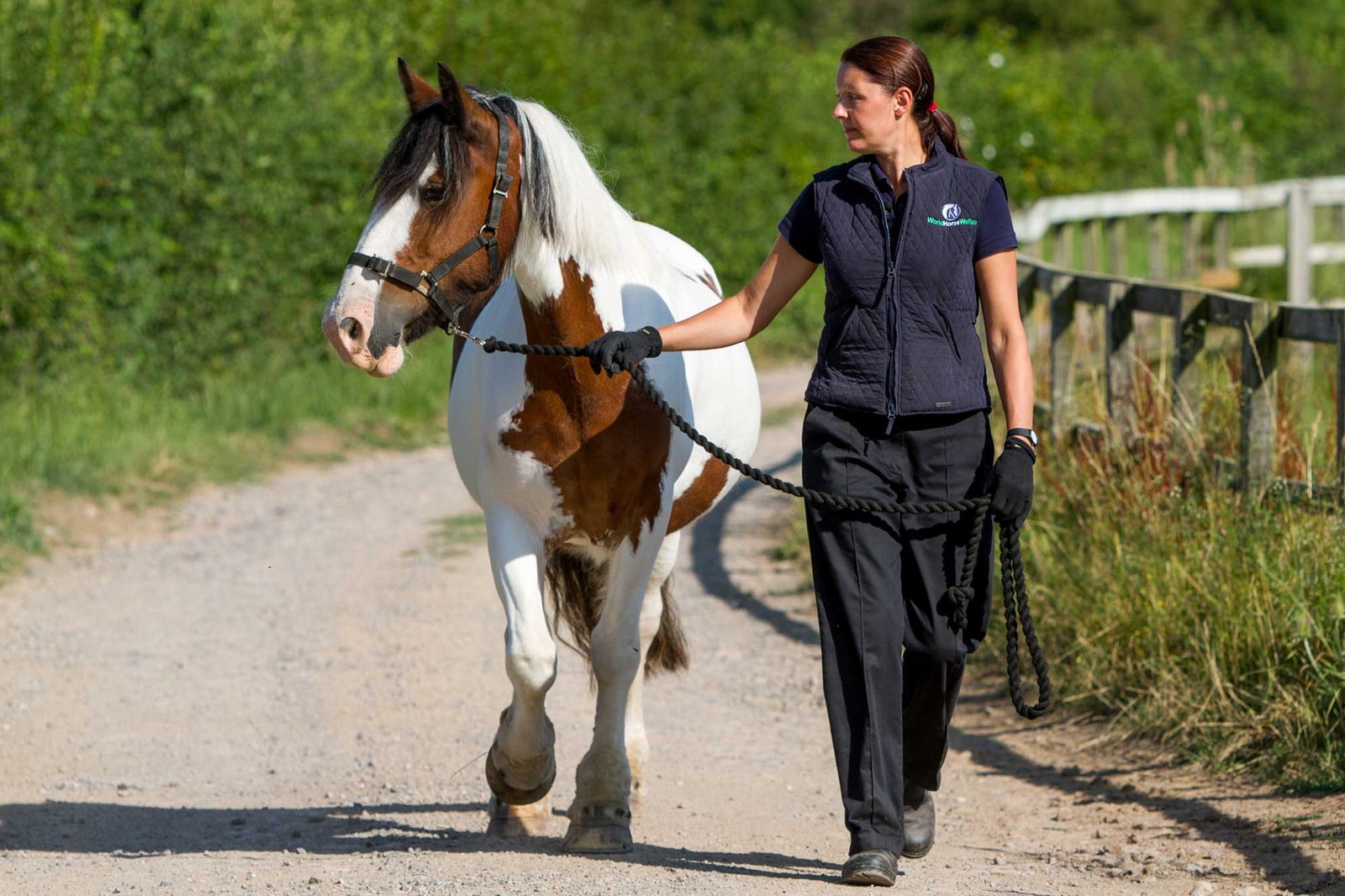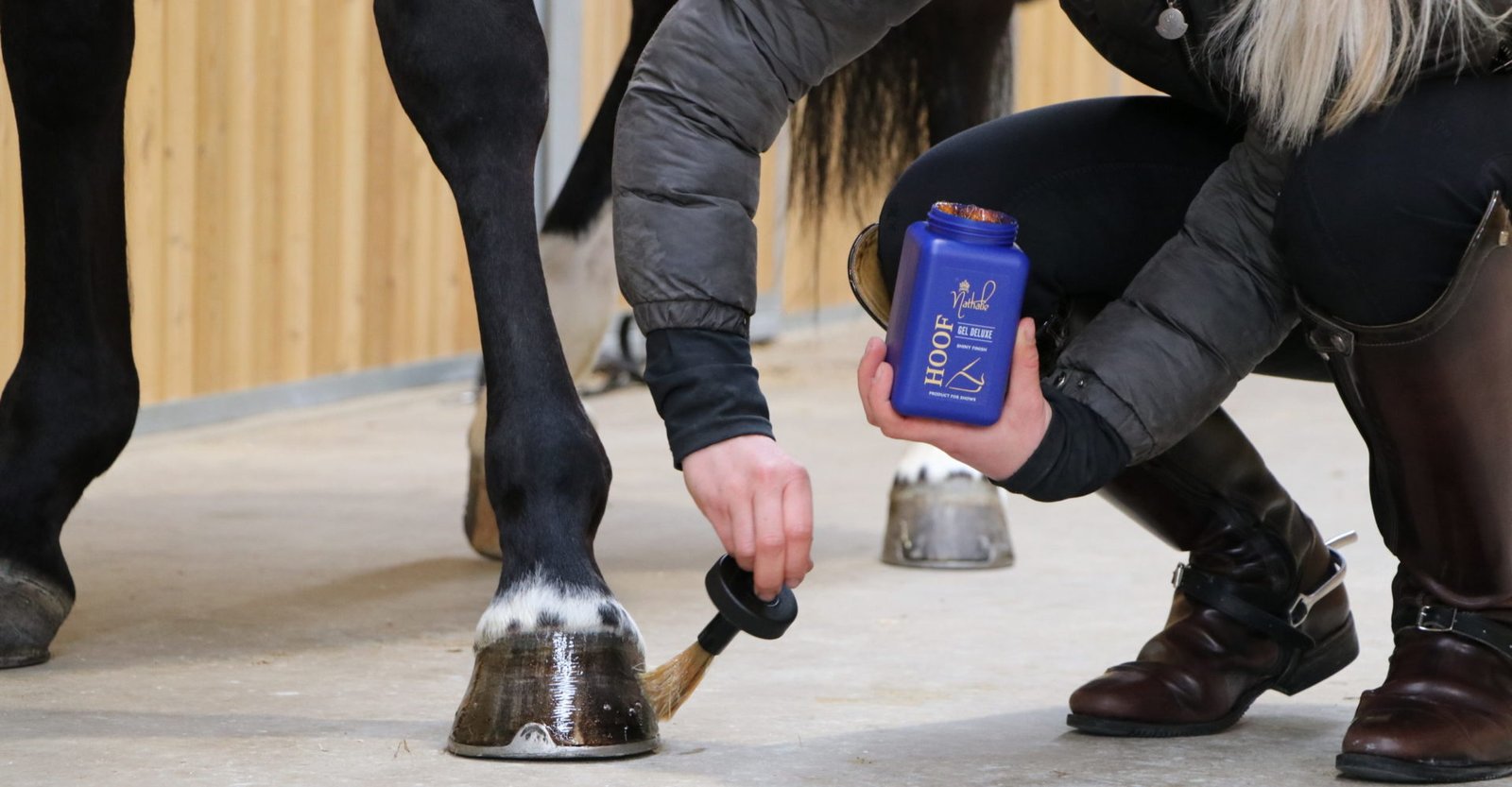Riding a pony differs from riding a horse in several key ways. These differences are influenced by size, temperament, and physical requirements. Whether you’re a beginner or an experienced rider, understanding these distinctions can help you make informed choices.
1. Size and Comfort
- Ponies: Ponies are smaller, usually under 14.2 hands (58 inches) tall. Their size makes them ideal for children and smaller riders. Mounting, dismounting, and balancing are easier on a pony, especially for beginners.
- Horses: Horses are larger, often over 15 hands tall. They are better suited for taller riders or those seeking more speed and power.
2. Temperament and Personality
- Ponies: Ponies are known for their intelligence and cheeky personalities. While they are generally friendly, they can be stubborn and test boundaries, requiring firm but gentle training.
- Horses: Horses tend to have calmer and more predictable temperaments. They are often more responsive to commands, making them suitable for advanced techniques and competitive riding.
3. Riding Style and Gait
- Ponies: Ponies have shorter strides and smaller gaits. This can make their movement feel bouncy, requiring some adjustment from the rider.
- Horses: Horses have longer strides and smoother gaits, providing a different riding experience, especially for activities like dressage or trail riding.
4. Training and Handling
- Ponies: Due to their cleverness, ponies often need consistent training to prevent them from developing bad habits.
- Horses: Horses are generally easier to handle in terms of responsiveness, making them better suited for advanced riders or complex tasks.
5. Suitability for Riders
- Ponies: Ponies are perfect for children and beginners due to their manageable size. They help new riders build confidence.
- Horses: Horses are better for adults or experienced riders looking to explore disciplines like jumping, dressage, or endurance riding.
6. Activities and Usage
- Ponies: Ponies excel in activities like pony club events, riding lessons, and casual rides. Their smaller size is ideal for close-quarter activities.
- Horses: Horses are used in competitive sports, including racing, eventing, and show jumping, where their strength and speed shine.

7. Care and Maintenance
- Ponies: Ponies require less food and are more resilient in harsher climates. However, they are prone to obesity and conditions like laminitis if overfed.
- Horses: Horses need more food and care due to their larger size. They are also more susceptible to certain injuries due to their weight and activity levels.
8. Cost Considerations
- Ponies: Generally less expensive to maintain, ponies are a budget-friendly option for families and beginner riders.
- Horses: Horses have higher upkeep costs due to larger feed requirements, equipment needs, and veterinary care.
Conclusion
Both pony riding and horse riding offer unique experiences tailored to different riders’ needs. Ponies are great for beginners and children, offering an approachable and manageable introduction to riding. Horses, on the other hand, provide opportunities for advanced riders to explore competitive and challenging disciplines. Choosing between the two depends on your size, skill level, and riding goals.











